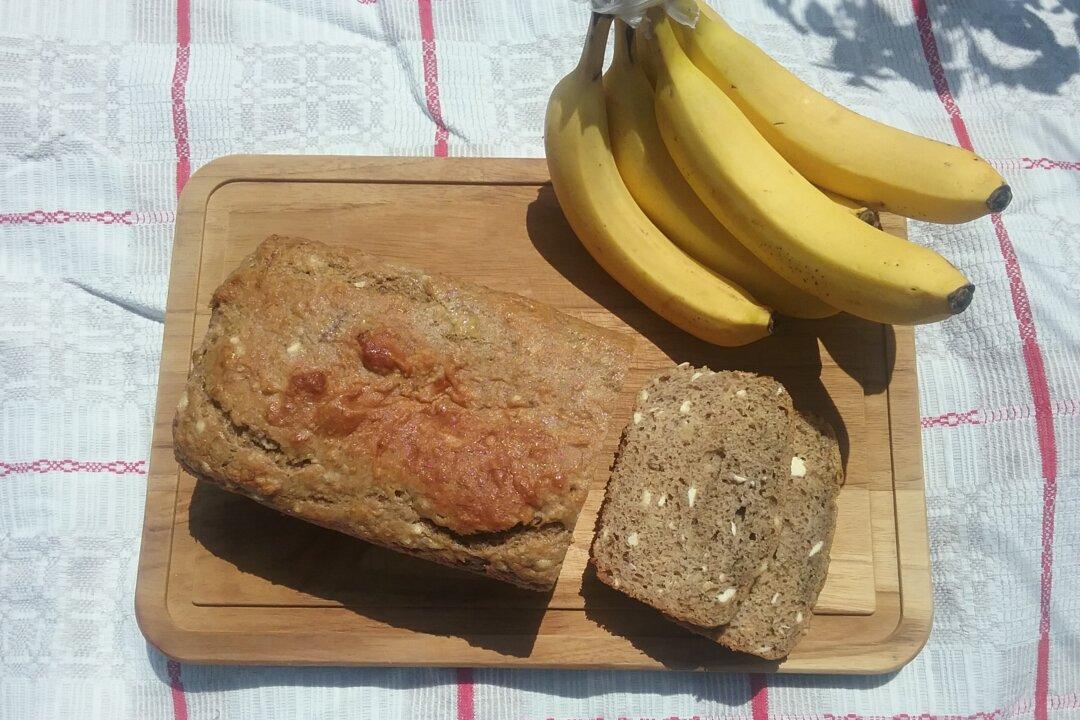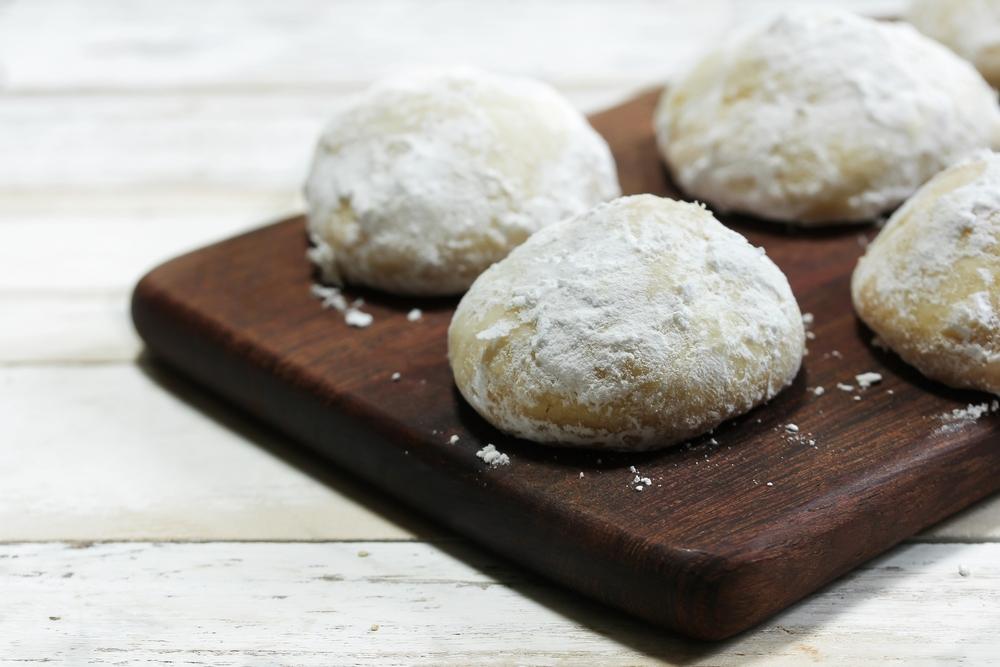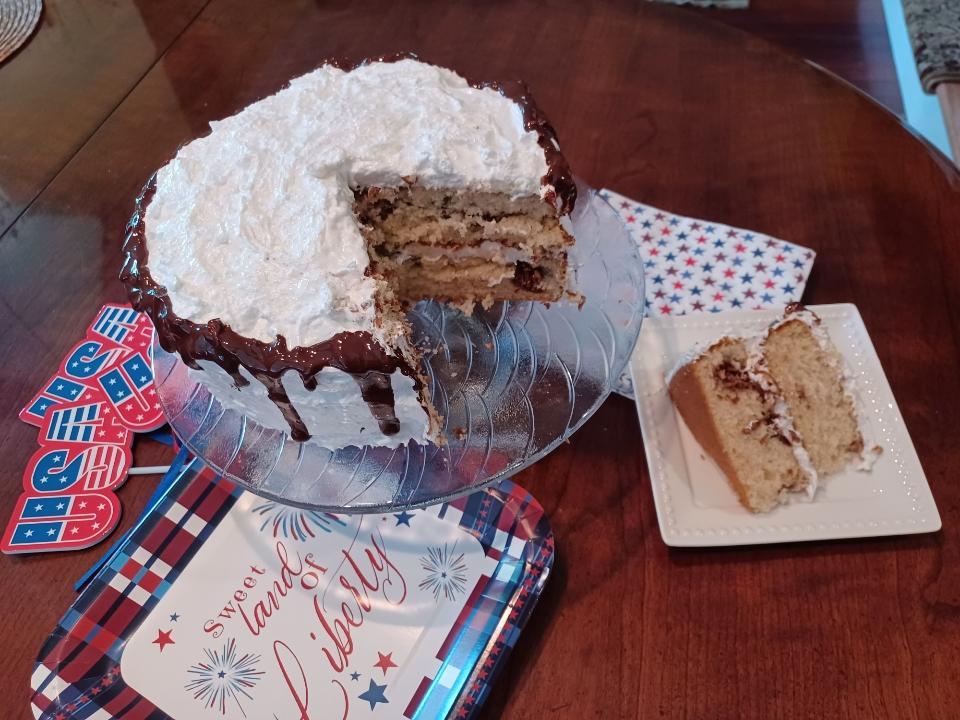Submitted by Susan Musselman, North Carolina
When I was very young, we lived in a farm community with many Mennonite families. We were not Mennonite, but my grandmother had come from a Mennonite family. I didn’t know what a blessing this was until I moved away and got culture shock.





